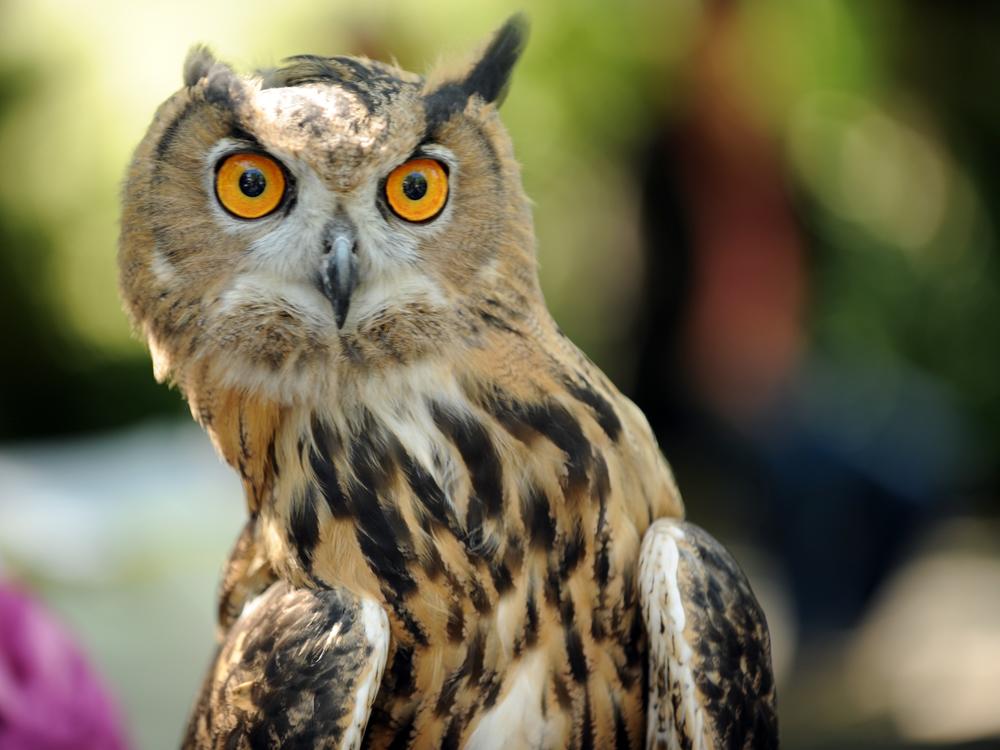Section Branding
Header Content
Opinion: The owl that became a New Yorker
Primary Content
Flaco has been on the lam, eluding cops, and evoking cheers from New Yorkers these past few weeks. And now, authorities say he can stay free.
Flaco is a Eurasian eagle-owl who beat it out of his cage in the Central Park Zoo early this month after vandals cut some of the wire caging around his enclosure.
This set off a bird-hunt of police officers and park rangers. Zoo officials worried that Flaco, who had been ensconced in his zoo digs for 13 years, may have lost the survival instincts he needs in the wild.
They laid out bait to tempt Flaco. They played pumped up recordings of the hoots of other eagle-owls to lure him. Note that owls hoot to each other; they don't Tweet.
Flaco was not fooled. Instead, he was sighted soaring o'er 5th Avenue, and Central Park's skating rink. Scores of New Yorkers who might be blasé walking by a human celebrity stamped into Central Park to try to catch a glimpse of Flaco, snapping photos with the fury of paparazzi.
Owls may look like the Henry the 8th of avians, but they're accomplished predators, who soar, swoop, and scarf up whatever is on offer on the forest floor.
Yet in a city famed for street cart falafel, hot dogs, and dosas, no one saw Flaco even snacking.
But this week, zoo officials announced they are reconciled to Flaco remaining in Central Park because he's been seen bringing up—I'm trying to be delicate here—bones and fur from the park's abundant community of rats.
"He has been very successful at hunting and consuming the abundant prey in the park," zoo officials told the New York Post.
"And that's amazing," David Barrett, who runs the Manhattan Bird Alert Twitter account, told us.
"He's catching prey on his own. He's flying better. Flaco really seems to be enjoying himself out there."
There is a caution attached to this story of an owl who is making it on his own in the city that never sleeps. Owls are nocturnal. They forage at night. The sleep during the day, or try to, like lots of people who work the overnight shift.
Yet some New Yorkers who don't know bird-watching etiquette reportedly see Flaco snooze in a tree during the day, and begin to hoot at him. It interrupts his sleep.
Flaco can't try to shush them with the traditional New York reply. After all, a bird can't flip someone the bird.
Copyright 2023 NPR. To see more, visit https://www.npr.org.

